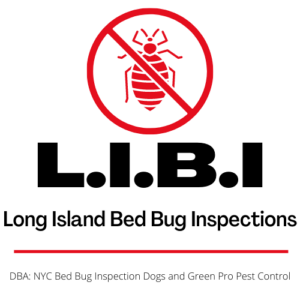There was a time, not too long ago, when bed bugs were the stuff of childhood rhymes. “Goodnight and don’t let the bed bugs bite” was whispered at bedtime all over the country. But these troublesome pests have made a major return to our homes and bedrooms. So much so that even mentioning the beasts can cause our collective skins to crawl.
Fortunately we’re not entirely at the mercy of these blood-sucking pests. There are a number of safe and effective ways to get rid of bed bugs. Heat treatment and pesticides are the two most common methods used by exterminators today.
Still, there are people who choose to go the do-it-yourself route. Bed bug traps are a popular DIY treatment for bed bugs. But do they work? And can they really stop an ongoing bed bug infestation?
What are Bed Bug Traps?
Bed bug traps are exactly what they seem. Traps to capture bed bugs. There’s a wide variety of styles ranging from DIY home builds to professionally manufactured traps you buy from a shop. But by and large they can be broken down into two basic categories. Passive traps and active traps.
Passive Traps
Bed bugs can neither jump or fly. So they must crawl and climb to reach their hosts. Passive traps are designed to stop bed bugs from getting to their hosts. They can be paced around beds, couches, and other household furnishings. These traps are functionally inert. They simply wait for bed bugs to wander into the trap.
The most common types of passive traps include:
- Interceptor Traps – Bed bugs have difficulty climbing over smooth surfaces. Interceptor traps inhibit climbing and contain the bed bugs before they can climb onto a bed or sofa.
- Glue Traps – Like interceptor traps glue traps catch bed bugs as they try to reach a host. With glue traps, however, the adhesive substance holds the bed bugs fast so they can’t break free. Eventually the bed bugs will die in the trap.
It’s worth noting here that most bed bug traps do not contain pesticides. However, that is not always the case and it is best to read the contents and instructions thoroughly before using any commercial product. Pesticides should always be used with care.
Active Traps
Unlike passive traps, active traps actively work to entice and bed bugs into the trap and keep them there. Some types of active traps will emit carbon dioxide, heat, or bait to attract the pests. More modern versions utilize pheromones to attract bed bugs and then trap them within the container. As with passive traps the container has smooth walls making it difficult for bed bugs to escape the trap until they die or are removed.
The Proper Use of Bed Bug Traps
One of the tricks of using bed bug traps is learning how to use them effectively. Whether you are using passive or active traps they should be placed in strategic areas. Place traps on each of the bedposts on your bed. This will help to prevent bed bugs from climbing the posts to reach anyone sleeping in the bed.
Use the same plan for couches and easy chairs. Simply place the traps on the legs or posts of the furniture for best results.
Two things to keep in mind. Some traps use bait to attract the bed bugs. Do not use these types of traps if you have pets in the house. They may be attracted to the bait. Also, never add pesticides to the traps. These can be harmful to humans and pests and you never know how they will react with the trap’s contents.
Traps are Not a Long Term Solution
It’s important to understand that bed bug traps are not a long-term solution to an infestation. They can help you to capture some examples of the invading pests. They can even help to minimize bed bug attacks. But in the long run you are only buying some extra time to address the problem more effectively.
If you are battling a bed bug infestation the best course of action is to bring in a professional inspection and removal team. They will know how to eliminate the infestation and restore your home to a bed bug free environment.
Published by Scott Palatnik
If you believe you’ve brought bed bugs into your home or office, give us a call, we can help!
Now with 2 locations. On Long Island @ 516-619-6149, or in NYC @ 212-299-9186
We are Long Island Bedbug Inspections.
Your Bedbug Inspection, and Elimination solution.


